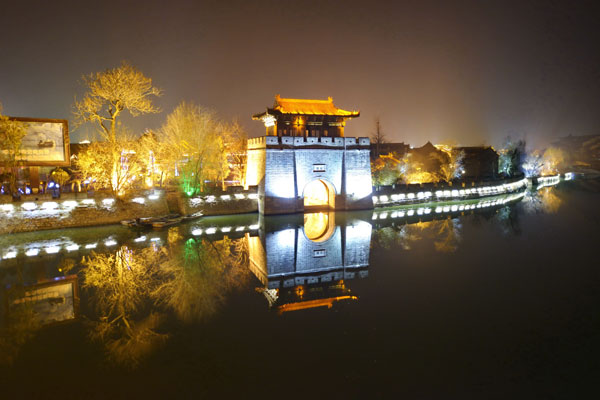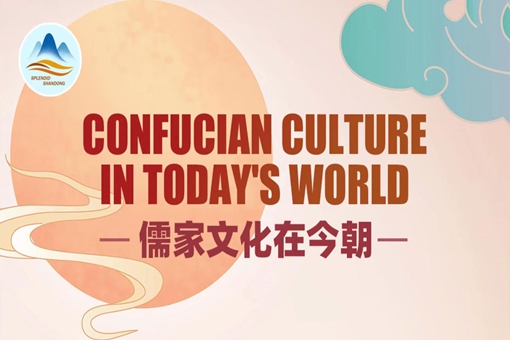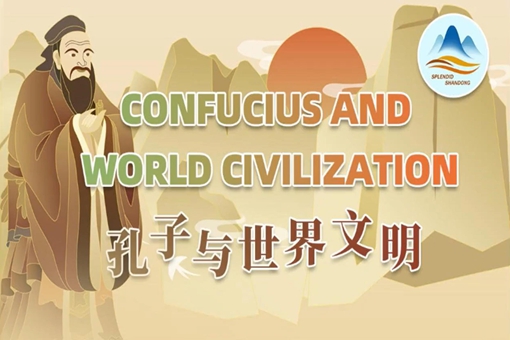Channeling prosperity
Updated : 2018-05-18
Print Print
The Zaozhuang section of the Grand Canal has remained unchanged since the Ming Dynasty.
TheBeijing-HangzhouGrand Canal's flow seems to follow the direction of fortune - especially since its ancient glory is being reconstructed after being destroyed in World War II and 85 sites along the canal have jointly applied for UNESCO World Heritage status.
Theartificial waterway that linked northern and southern China served as a lifeline for dynasties for 14 centuries. It carried materials and ideas between the political capitals of the north and economic heartland of the south.
The canal produced 70 percent of the country's economic output during the Ming (1368-1644) and Qing (1644-1911) dynasties, says Chen Wei, Party chief ofShandong's Zaozhuang city along the canal.
Over time, the canal's value to the 18 cities that border it has shifted from logistics to culture and tourism.

 Insights from the 10th Nishan Forum
Insights from the 10th Nishan Forum  Confucian culture thrives: Integrating its wisdom into modern value
Confucian culture thrives: Integrating its wisdom into modern value  Confucianism's enduring influence: Shaping East, Southeast Asian civilizations
Confucianism's enduring influence: Shaping East, Southeast Asian civilizations